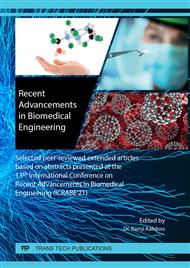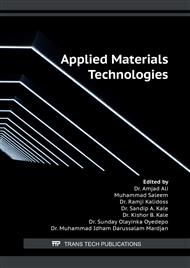p.33
p.39
p.45
p.53
p.61
p.69
p.79
p.89
p.95
Study on Cu Based Organic Linkers for Effective Emission Control over Diesel Engine Effuluents
Abstract:
The Cu-MOF has outstanding catalytic activity because of its capacity to buffer oxygen. As a result, when added to diesel fuel, this additive reduces nitrogen dioxide emissions while also oxidising hydrocarbon emissions. The current study examines the impact of Cu-MOF nanoparticles on diesel engine efficiency and emissions. The SEM, and XRD methods were utilised to characterise the nanoparticles of Cu-MOF, which were generated by chemical approach. In a two-step method, Cu-MOF was combined with diesel using a conventional ultrasonic shaker in order to get a stable suspension, Extensive experiments using ASTM-standard testing procedures have also examined the impact of nanoparticles on several physicochemical parameters of diesel fuel. For the purpose of examining the impact of nanoparticles on engine efficiency and emissions, a diesel engine load test was conducted. Also included are side-by-side comparisons of fuel qualities with and without additives.
Info:
Periodical:
Pages:
61-67
Citation:
Online since:
August 2022
Price:
Сopyright:
© 2022 Trans Tech Publications Ltd. All Rights Reserved
Share:
Citation:



